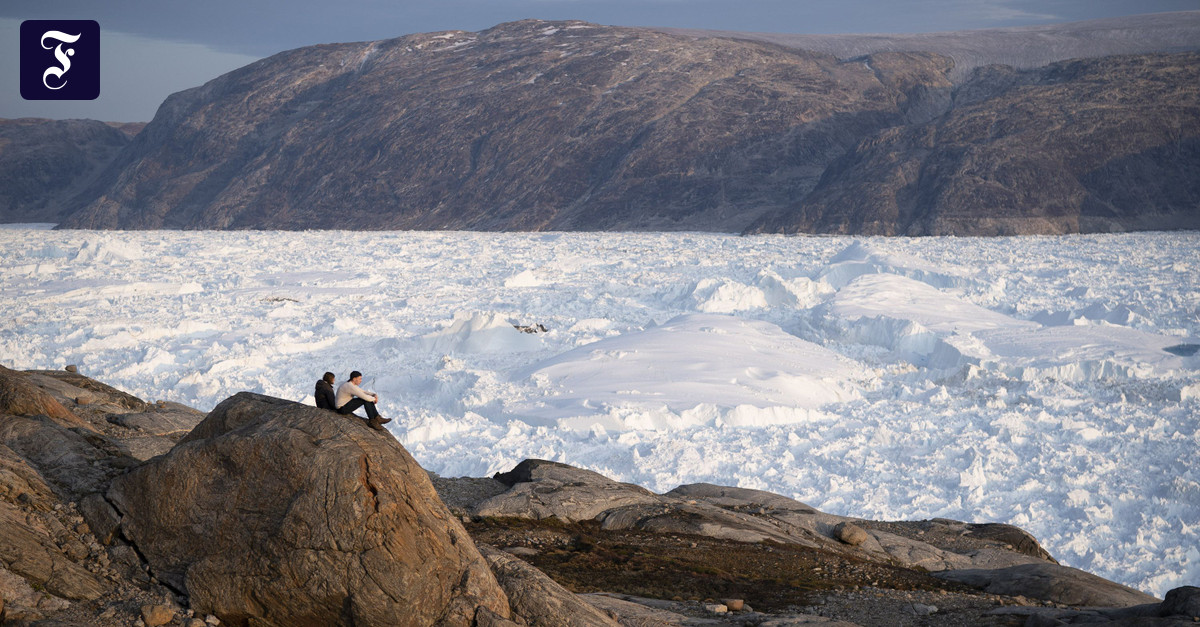Even without additional global warming, the melting of the Greenland ice sheet will lead to a significant rise in sea levels.
Global warming alone will cause a 3.3 percent loss of ice volume in Greenland, according to a study published Monday in the journal Nature Climate Change.
That would result in a sea level rise of 27.4 centimeters.
The researchers led by Jason Box from the Geological Research Institute for Denmark and Greenland (Geus) do not give a specific time frame in their study, which is based on satellite observations that show how much Greenland's glaciers have shrunk over the past two decades, but they estimate that that most of this development will be completed by the year 2100.
Previous forecasts of sea level rise would thus underestimate the risk for this century.
Previous forecasts underestimate the risk
In a report from last year, for example, the Intergovernmental Panel on Climate Change (IPCC) assumed in its scenario with the highest greenhouse gas emissions that sea levels would rise by 18 centimeters by the year 2100 – i.e. around ten centimeters less.
According to Box and his colleagues, the results of the study that has now been published represent a lower limit, since the estimates of future global warming would not be included.
The climate around Greenland only has to warm up further for the effect to be amplified.
According to the study, if the strong melting of the Greenland ice sheet from 2012 were to be repeated every year, the sea level could even rise by 78 centimeters.
That is enough to flood large parts of low-lying coastal areas and make their inhabitants homeless.

